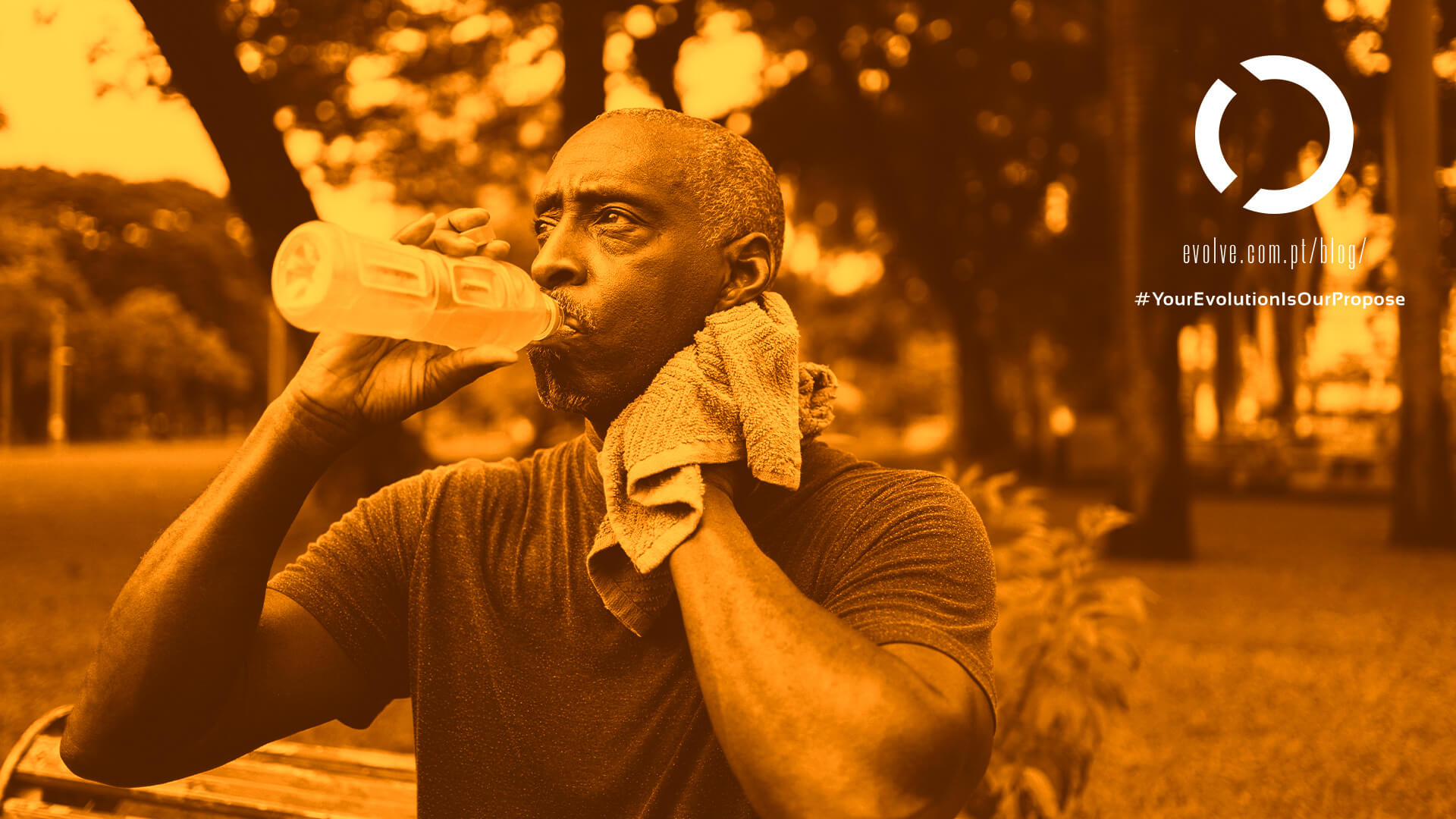
AGING PROCESS AND PHYSICAL EXERCISE
The human aging process is associated with a decline without neuromuscular performance (Lin et al, 2013). Elderly people aged 70-80 years have rates of 20-40% of reduced muscle strength. This decrease in strength is more pronounced in the lower limbs (Garcia et al, 2015).
Sarcopenia is characterized not only by the loss of muscle mass, but also by a concomitant loss of strength and muscle function (Picoli et al, 2011). Observe this phenomenon in both men and women, associated with loss of autonomy, increased risk of falls, reduced bone mineral density and decline in functional capacity (Sousa, 2015). A predisposition to falls may be due not only to the lack of muscle mass, but there are cognitive problems, the presence of chronic diseases, functional disabilities, hearing and visual deficits. There are several factors that can trigger sarcopenia, such as: decreased number of muscle fibers, physical inactivity and metabolic factors (Sousa, 2015).
We all know that a high percentage of the elderly practice little physical activity. Knowing that we are attuned, that there is a high percentage of hospitalizations in the elderly due to falls, there should be a greater public investment, should an event occur and an attempt to increase physical activity in this population, in order to decrease or decrease the level of performance neuromuscular. The elderly should be encouraged to perform physical exercises, which significantly increase muscle strength and maintain a good fit of body composition and weight, improving postural and dynamic balance.
Several studies show that loaded exercises, performed at least twice a week, are able to promote increases in muscle strength, improve mobility and balance in the elderly. Postural instability, mobility and body imbalance have a major impact on the lives of the elderly and affect their autonomy. The muscle strengthening activity has shown improvements in the level of physical mobility of postural instability and used with a decrease in the number of falls.
The loss of muscle mass, strength, resistance influence the functionality of the elderly. Simple tasks such as getting up from the chair, climbing steps and daily activities are very conditioned (Albino et al, 2012).
Strength training can be beneficial in preventing falls, as there is an increase in lean mass and muscle strength. Training should take place at least twice a week, with a load of approximately 70% of the maximum load, with an emphasis on the lower limbs (Albino et al, 2012).
So, encourage your older family members to start or resume physical activity while preserving their health and improving their quality of life.
